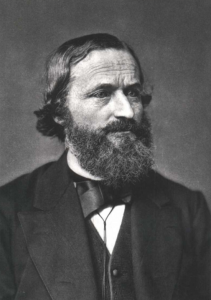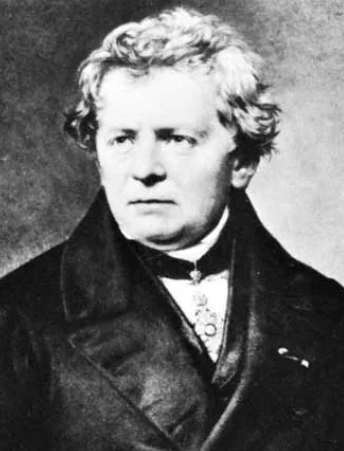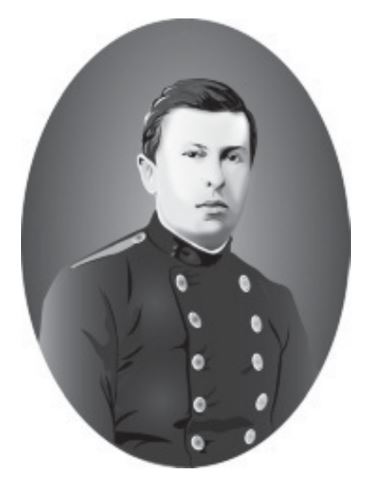Gustav Kirchhoff Biography, Contributions, Inventions
Gustav Kirchhoff is a famous German Physicist who made significant contributions to electrical circuit analysis. He was most famously known for developing Kirchhoff’s laws for electrical circuits.

Who was Gustav Kirchhoff
Freidrich and Johanna Kirchhoff welcomed a child at Konigsburg, Prussia (now Kaliningrad, Russia) in 1824. They gave him the name Gustav, and he went on to contribute greatly to science as a young man. Gustav Kirchhoff, in contrast to many other scientists (both then and now), carried multiple research in different areas of Science.
Gustav Kirchhoff died on 17 October 1887 (aged 63) in Berlin, Province of Brandenburg, Kingdom of Prussia, German Empire.
Other than the Kirchhoff’s laws that we know he also contributed on finding out the elements the Sun is made up of, several elements in nature and black body radiation.
Kirchhoff’s Circuit Laws
Albertus University of Königsberg was the place where Gustav Kirchhoff completed his mathematical physics studies in 1947. Kirchhoff produced one of his most significant and enduring contributions to physics while still a student in Konigsberg. Georg Ohm had found a connection between current, resistance, and potential difference in an electrical circuit a few years prior.
Kirchhoff expanded on Ohm’s work in 1845 by creating a way for deciphering and forecasting the behavior of considerably more complicated circuits. Currents and potential differences in circuits with many loops are still determined using Kirchhoff’s Circuit Laws.
Kirchhoff’s Current Law
Kirchhoff’s Current Law states that, for any node (junction) in an electrical circuit, the sum of currents flowing into that node is equal to the sum of currents flowing out of that node; or equivalently
The algebraic sum of currents in a network of conductors meeting at a point is zero.
Kirchhoff’s Voltage Law
Kirchhoff’s Voltage Law States that the sum of the potential differences around any closed loop is zero.
Kirchhoff’s three laws of spectroscopy
- A solid, liquid, or dense gas excited to emit light will radiate at all wavelengths and thus produce a continuous spectrum.
- A low-density gas excited to emit light will do so at specific wavelengths, and this produces an emission spectrum.
- If light composing a continuous spectrum passes through a cool, low-density gas, the result will be an absorption spectrum.
Kirchhoff’s and Bunsen Examining Spectrum of the Sun
Kirchhoff and Bunsen went on to examine the spectrum of the sun in 1861 and were able to identify the chemical elements in the sun’s atmosphere. They discovered two new elements, cesium and rubidium in the course of their investigations. Kirchhoff is perhaps best known for being the first to explain the dark lines in the sun’s spectrum as caused by absorption of particular wavelengths as the light passes through gases in the sun’s atmosphere. This work started a new era in astronomy.


